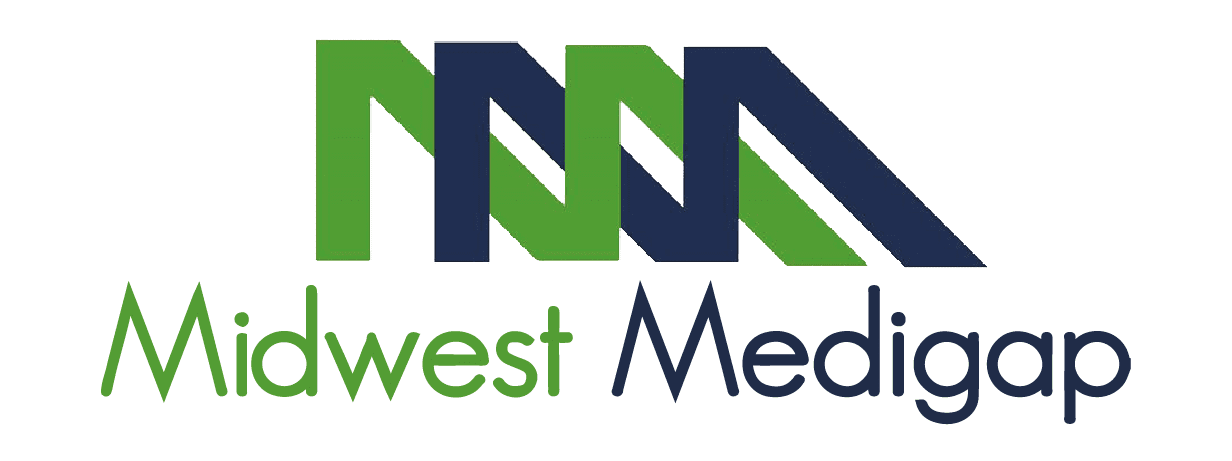Medicare Part D works just like the health insurance you’re used to. Before your insurance plan starts to pay its share, you must meet the deductible. Once you’ve met the deductible, you pay the agreed amount in copayments toward your prescriptions.
Medications in the U.S. can be extremely expensive. What happens when you pay thousands of dollars toward your prescriptions, even with your insurance? That is where the coverage gap kicks in.
Part D Deductible
Along with your monthly premiums, you are responsible for paying your Medicare Part D plan deductible. This is a one-time cost, and you pay for it by paying the full retail cost for your prescriptions until you reach that amount. Once you’ve met your plan deductible, you can expect to pay the prices laid out in the plan’s tier list.
Part D Copayments
Medicare Part D plans sort prescription drugs into tiers based on whether they are generic, brand-name, preferred, non-preferred, or specialty. These tiers dictate the price you pay in copayments for each prescription drug. Generic, preferred drugs will be in the lowest tier with the lowest copayment while specialty drugs that require special handling or administration will be in the highest tier with the highest copayments.
Each time you fill a prescription at the pharmacy, you will pay this set copayment amount. Even though you’ve met your deductible, the insurance company will still keep track of how much you are spending on your prescriptions.
Part D Coverage Gap
Once you and your plan have spent $4,430 toward covered prescription drugs in 2022, you enter the Part D coverage gap. While in the coverage gap, you will pay 25% of the cost for covered brand-name prescription drugs and 25% of the dispensing fee. The manufacturer covers 70% of the cost of the drug. What you pay and what the manufacturer pays will count toward your out-of-pocket spending to help you get out of the coverage gap.
You pay 25% of the cost for covered generic prescription drugs. Only the amount you pay goes toward your out-of-pocket spending.
Catastrophic Coverage
Once you have spent $7,050 in out-of-pocket spending for your prescription drugs in 2022, you are out of the coverage gap and enter what is called catastrophic coverage. At that point, you only pay a small copayment or coinsurance percentage toward prescription drugs for the rest of the year.
Paying for Your Prescriptions
If you need financial assistance to help pay for the cost of your prescriptions, you may qualify for Extra Help. Extra Help is a program through Medicare that helps people with low income and resources afford their prescriptions. Under that program, you pay only a small copayment for each of your covered generic or prescription drugs. With Extra Help, you never enter the coverage gap.
We at Midwest Medigap are committed to bringing you all the information you need to make decisions about your Medicare coverage. Contact us today for help finding the right prescription drug coverage for you.





